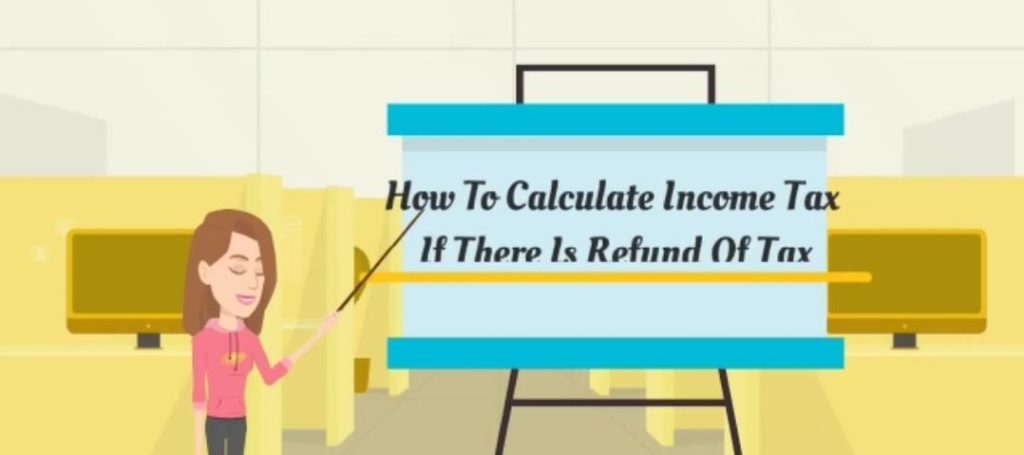
With the govt exceeding various tax-related deadlines for the financial year, people might wonder how or if there’ll be some changes within the tax-filing process.
According to a finance ministry press release issued on March 31, “The date for making various investment/payment for claiming deduction under Chapter-VIA-B of Income-tax Act, 1961 which includes Section 80C (LIC, PPF, NSC, etc.), 80D (Mediclaim), 80G (Donations), etc. has been extended to 30th June 2020. Hence the investment/payment can be made up to 30.06.2020 for claiming the deduction under these sections for FY 2019-20.”
Although the deadlines are changed, the financial year and all the documentation periods will remain the same. The financial year 2019-20 ended on March 31, 2020, and a new financial year has started from April 1, 2020, onwards.
What Is The New Deadline TO File The Return?
The new deadline to file claims has been extended to 30 June 2020 while it’s unlikely that the individuals making new investments for tax-saving purposes will be able to include them in this year’s filing for the deduction from their salary income to reduce TDS.
As the tax due on the income for the FY 2019-20 may already be deducted from the TDS by the employer in March and if new investments are to be considered. It’ll make the TDS by employer more than what it should have been had the deduction been taken under consideration before the TDS.
Income Tax Return Scenario
So, when the Income-tax paid by the individual exceeds the liable amount, then in that condition the individual will get an income tax return. There’s a return filing window during which the individual can file a return at any time, this year, however, there have been some changes as mentioned above.
But in any condition, it’s always beneficial to file for Income Tax Return as early as possible. So, if you chose for E-Verification, you’ll get a faster response and easier verification process as compared to physical verification.
How Refund Is Calculated And When To File For It?
Refund claims are shown within the ITR Form filled by you. As soon as you’re finished filing the ITR form which is applicable for you and click on the Validate button on the ‘Taxes Paid And Verification’, the system will automatically calculate the refund for you.
Now, the amount shown will be the refund claimed by you and it’ll not be the same as you’ll receive. The amount claimed by you will simply reflect all the information about your investments and salary that you put in the Income Tax Return Form while the Income Tax Department may or may not agree with all the information you provided to be considered while calculating your refund.
What Happened After You Have Filed ITR?
The Income Tax Department will verify all the information you have provided and then check whether or not all the claims you made are genuine.
The Income Department may not pay all the refunds due to you, this can be due to several reasons. If your taxes are due for any of the previous years then the department will adjust the refunds accordingly.
But the department has an obligation to send and intimation to the individual before any such adjustments are made in the refunds, therefore the individuals can clarify matters before any changes are made.
The Tax Department must send an intimation to the taxpayer under Section 245 stating their intention of adjustment the refunds claimed along side instructions for you to reply to the notice.
Section 245 gives the taxpayer a 30 days period to respond. If there’s no response from the taxpayer to the notice within the given period, the department can go ahead with the adjustment as per the notice.
So, if you think that there’s a clarification to made in the adjustment data provided in the notice by the Income Tax Department. This can be any computation mistake or omission of any deductions and TDS, if so then you’ll respond online by following the instructions provided in the notice sent to you.
How Can You Check Your Refund Status?
You can check your refund status online by using the below procedure:
• To access the refund pages.
• Enter PAN, relevant assessment year and captcha image and click on ‘submit’
• You will see the Refund Status displayed on the next screen
• You also can access the Refund payment details reflected in Form 26AS in the ‘Tax credit statement’.
Sometimes, your return may not be processed properly by CPC and for some reason, you get less or no refund on your claims. In that case, you’ll need to follow up with the Jurisdictional Assessing Officer.
All the taxpayer’s records are transferred to the Jurisdictional Assessing Officer for each assessment year after a period of time , you’ll be notified of the same by the department. So, if you want to clarify things you will need to follow up personally with the Jurisdictional Assessing Officer at regular intervals.
Interest On Refund
If after all the calculation, a refund is to be paid to the taxpayer, section 244A states that interest shall be payable to the taxpayer/assessee subject to certain terms and conditions.
Interest on refund comes into the equation only when the refund is more than 10% of the total tax liability if it’s less than 10% then no interest is paid.
Interest is calculated using the simple interest method on the amount due for a refund at the rate of 0.5 percent for a month or part of a month or 6% per annum.
